This one started out as a straightforward familiarization flight in a newly purchased Cirrus SR22, registration N227BD. A private pilot sat left seat, a Cirrus-experienced instructor sat right. The plan was simple: depart Eden Prairie’s Flying Cloud (FCM), work the practice area, then drop into Hutchinson (HCD) for pattern work. Weather was clean and visual, winds an easy 130 at 7, runway 15 dry and 4,000 feet long—nothing tricky about the environment. The flight was conducted under Part 91 as an instructional sortie. What followed was a textbook reminder that energy management on a go-around and engine performance don’t always play nice—and that using the safety tools Cirrus gives you can save a life.
Who Was Flying
Let’s put some quick numbers on the people. The pilot held a private pilot certificate with an instrument rating. His total time was about 138 hours. The report didn’t list his hours in the SR22, but this was a new purchase and a “get-to-know-the-airplane” session with an instructor. On the right side, the flight instructor was 34 years old with roughly 729 hours total time, including about 295 hours in the SR22—a solid model-experienced CFI. Both were belted in with four-point restraints. The airplane itself was a 2008 SR22, Continental IO-550-N up front, and it had been fueled to the tabs before the flight—about 60 gallons total.
Final Approach and a Bounce
After maneuver work, they headed to Hutchinson for a touch-and-go. The setup was deliberate: mixture full rich, boost pump on Low Boost, full flaps, and 80 knots on final. The approach looked a touch high, so the instructor asked for a forward slip. Power went to idle, the slip was flown, and as they crossed the threshold the airspeed bled low and the descent wasn’t arrested. The airplane arrived with a “noticeable bounce” on the mains—enough that the instructor immediately called for a go-around. That’s the right call with a bounce you don’t like; don’t try to salvage a landing from a bad setup.
The Go-Around That Didn’t Climb Like It Should
The pilot advanced power, selected flaps to 50%, and set a normal pitch picture for the climb. Airspeed came back to 80 knots, and on command the flaps were retracted. Here’s where things diverged from the expected script. Instead of a healthy climb-out, the SR22 was only giving about 300 feet per minute. The instructor expected a surge in airspeed as the flaps came up; instead he saw the needle barely above 85 knots and felt an irregular “clunky” shudder that resonated through the fuselage. That’s an unsettling sensation during a go-around when you’re expecting full authority from 310 horsepower.
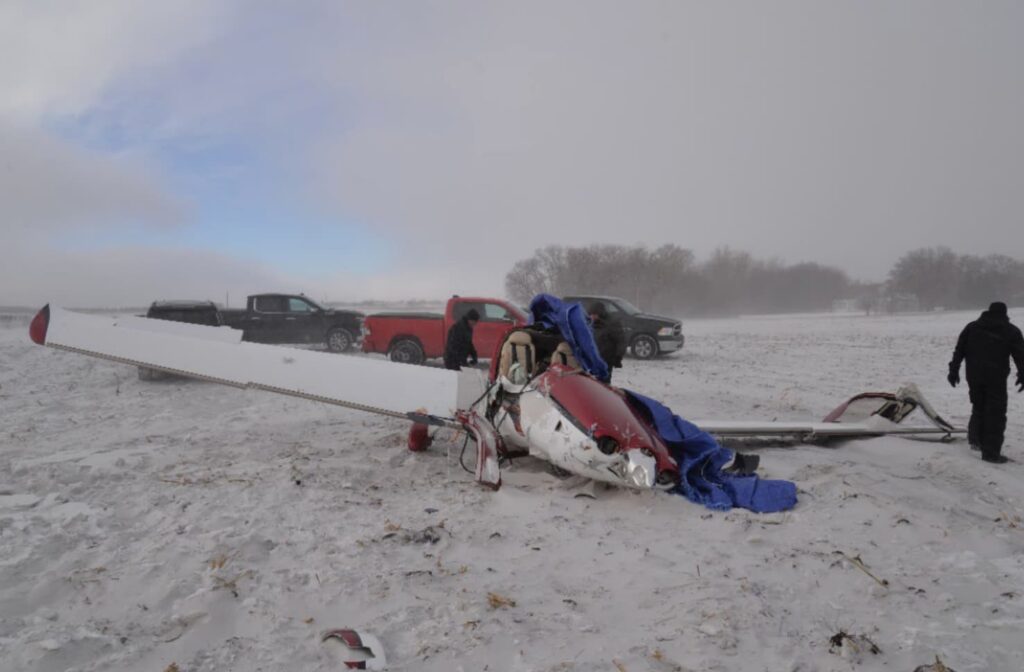
Decision Point: CAPS Available
At about 500 feet AGL, the instructor verbalized “CAPS available,” a standard Cirrus call that marks the transition from “we’re working the problem” to “we have the option to pull.” The pilot transferred control to the instructor. Throttle was confirmed full forward. The instructor eased the turn to line up with an open, snow-covered field southeast of the airport and leveled the wings. Airspeed sagged into the 70s. The instructor called for parachute deployment; the pilot pulled the handle. As the forward straps tightened, the instructor reduced power to idle, pulled the mixture to cut off, and made a mayday call. The airplane descended under canopy and touched down upright in the field. The instructor sustained serious injuries; tragically, the pilot did not survive. The wreckage showed substantial damage to the forward fuselage, wings, and rudder, consistent with a hard, vertical-ish arrival under canopy.
What the Data Said
The onboard Recoverable Data Module (RDM) gave us the engine picture in pixels. Right after the go-around began, fuel flow initially spiked to about 23.7 gph—but then sagged to less than 13 gph. For reference, the same engine earlier in the flight on the initial takeoff had seen around 38 gph—healthy numbers for an IO-550-N at high power. Along with that reduced fuel flow, EGT and CHT traces split: cylinders 2, 4, and 6 diverged, with No. 6 dropping off sharply. During the last minute, the stall warning chirped twice for several seconds until the CAPS handle pull. In simple terms: the engine wasn’t feeding evenly or fully, and the airplane was flying at the edge of the envelope while the crew worked the problem and then chose the parachute.
Fuel System Clues—and Limitations
There were a few red herrings in the fuel system. Post-impact, investigators found the fuel selector’s shaft fractured between the handle and housing; the valve itself was positioned between the right tank and OFF. First responders later moved the handle to OFF, so it’s unclear whether the shaft fractured during impact or during post-accident movement. Cirrus later tested that partial-between-tanks valve position and found no meaningful reduction in fuel flow in that configuration, which helps us avoid jumping to the wrong conclusion about a mis-selected tank. The left tank had been compromised with some blue staining under the wing, and the right tank showed no visible fuel, but given the breach and the parachute arrival, investigators couldn’t determine an accurate quantity remaining. Remember: the airplane launched with fuel to the tabs—roughly 30 gallons per side—so fuel exhaustion doesn’t match the preflight numbers or the timeline.
Engine Health Check
Twice after the accident, the engine was run with the NTSB present. Despite the damage-limited durations—30 and 60 seconds—the engine started, ran smoothly up to 2,900 rpm, showed normal throttle response, acceptable magneto drops (about 80 rpm each), and stabilized oil pressure. That’s not an all-clear stamp, but it does suggest the basic engine and ignition systems were capable of producing power. Coupled with the RDM traces and the instructor’s in-cockpit experience, the picture that emerges is a partial loss of power—most likely related to reduced fuel flow—without a single hard, identifiable mechanical smoking gun. The NTSB’s probable cause called it just that: a reduction in fuel flow and subsequent partial loss of engine power for reasons that could not be determined.
Human Factors and Good Airmanship
A few human elements are worth noting. First, standardization and callouts matter. The “CAPS available” call at 500 feet AGL framed the decision space. When performance didn’t improve and airspeed decayed, the crew transitioned quickly to the parachute—exactly how the system is intended to be used. That decision likely saved the instructor’s life. Second, workload during a go-around can pile up fast, especially after a bounced landing. Power application, flap management, pitch, and directional control all happen at once—if engine output lags, the margin evaporates. The crew recognized the trend line and didn’t try to nurse a marginal climb over a growing list of “maybes.”
We also need to address expectations. In an SR22, a clean, full-power go-around should give you a strong climb. When it doesn’t, that’s a cue to pivot quickly: confirm the basics (power, mixture, prop, pump, flaps), reduce drag, and trade mission for margin. The instructor verified throttle full forward, called the parachute, and flew the canopy deployment with wings level into a suitable area. That’s disciplined execution under pressure.
Safety Takeaways for the Rest of Us
Three practical lessons stand out:
- Go-around technique is perishable. Treat it as a maneuver, not an afterthought. Practice adding full power while arresting sink, managing flaps per the POH, and holding a pitch that gives you a safe climb—even if the power response isn’t perfect. If you’re instructing, brief how you’ll communicate and who does what if the airplane doesn’t perform as advertised.
- Verify and verbalize. In Cirrus training, the “CAPS available” call at a defined altitude creates a trigger point. Whether you fly a Cirrus or not, adopt a similar mental gate: “If we’re not climbing normally by X AGL, we’re going to execute Plan B.” For SR22 pilots, that Plan B includes CAPS; for others, it may be an immediate landing straight ahead.
- Respect partial power. It’s insidious because the engine is still “running,” just not enough. The RDM data told the tale: fuel flow that should have been in the high 30s gph range lingered near the teens, and temperatures split across cylinders. If the performance you see doesn’t match the configuration and the book, assume you have less power than you think, lower the nose to maintain flying speed, and secure the best survivable outcome.
None of these points suggest a finger-wag; they’re reminders. This was a qualified instructor guiding a low-time, instrument-rated private pilot through a familiarization flight. They preflighted thoroughly, briefed CAPS, and when the airplane wouldn’t climb, they used the tool designed for that exact scenario. The outcome was still tragic for the pilot, but the decision path was sound.
Bottom Line
N227BD’s go-around at Hutchinson started like countless others and then drifted off script when the engine didn’t deliver full power. With airspeed nudging toward the stall warning and climb performance fading, the crew did what Cirrus teaches: they pulled CAPS and aimed for survivability. Investigators later found no definitive mechanical cause, just a consistent theme of reduced fuel flow and uneven cylinder behavior that robbed the engine of the grunt it needed. When the airplane stopped giving what the book promised, the crew shifted from “fix it” to “save it.” That pivot is the lesson to take home.

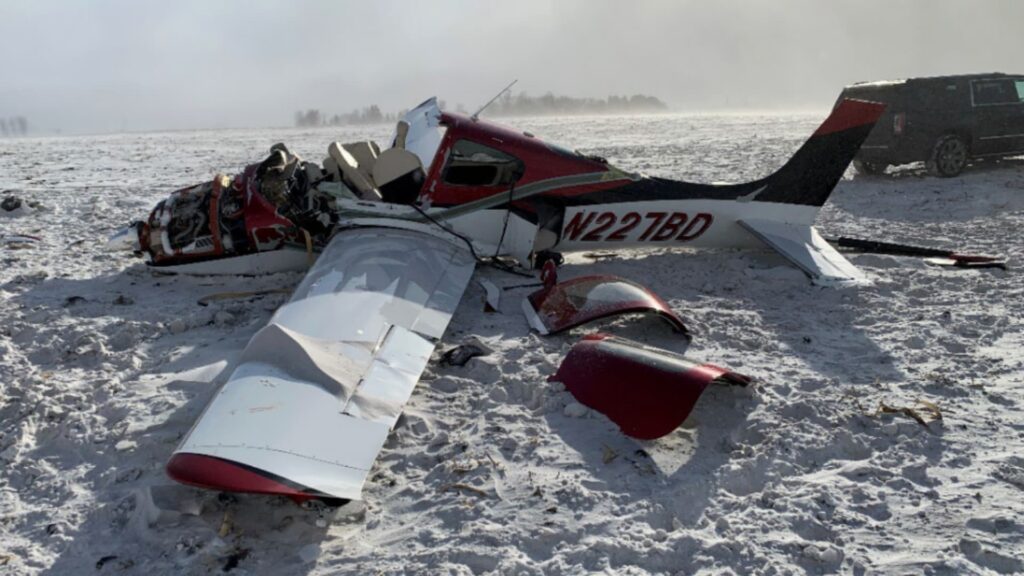



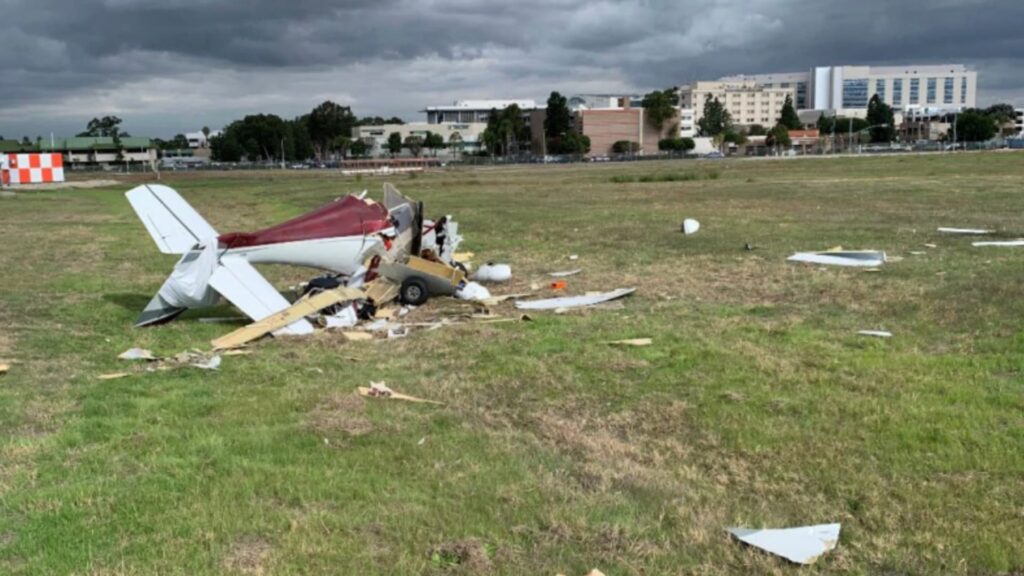
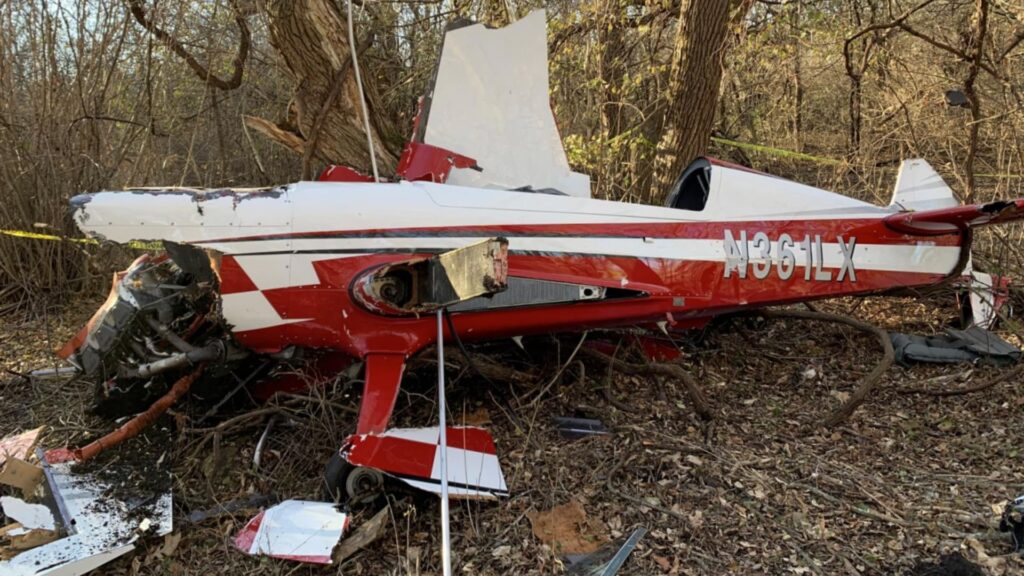
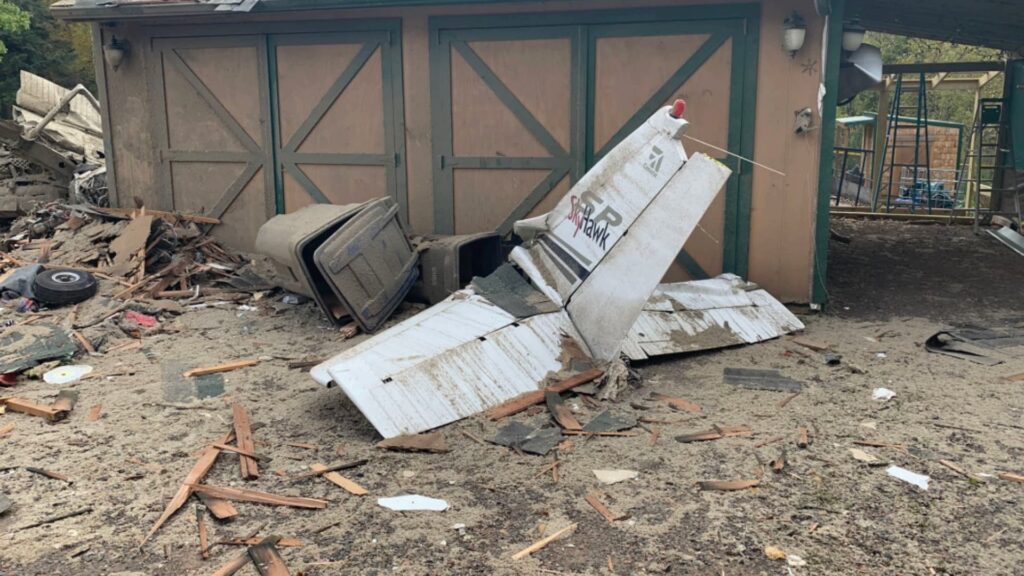
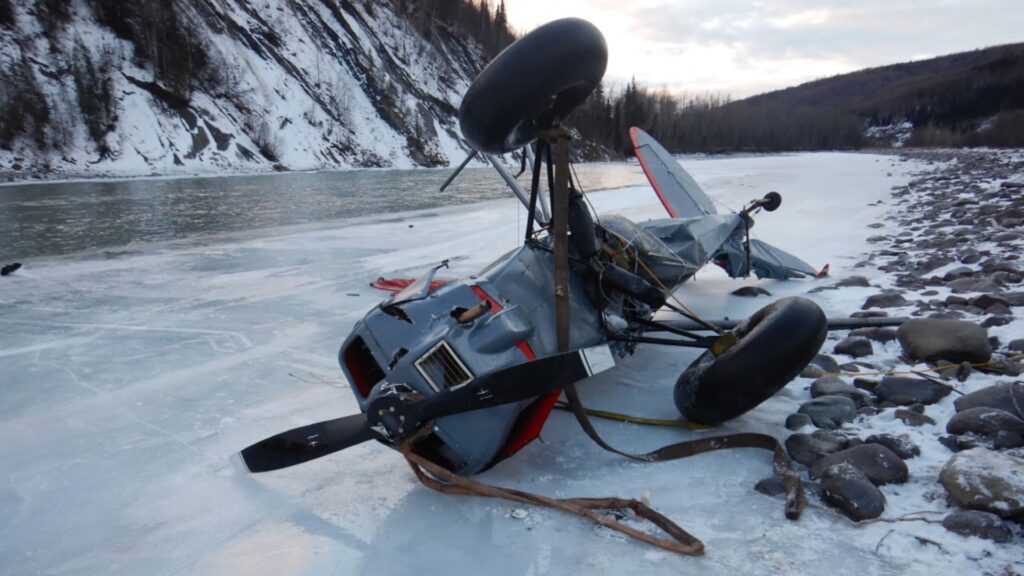
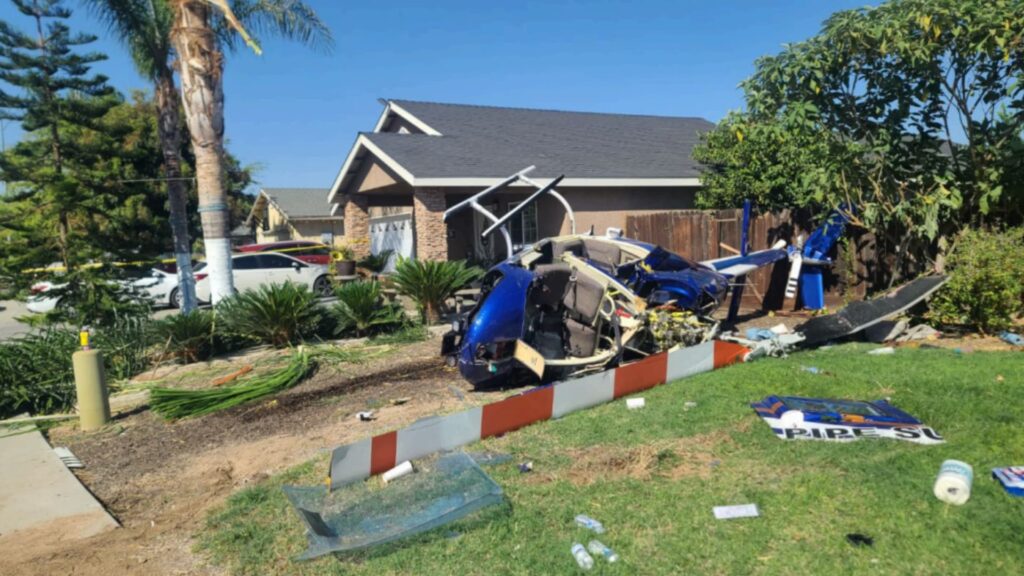
5 Comments
500 ft AGL is the minimum altitude for CAPS in G2 Cirrus.
With an open field straight ahead, would it not have been better to try to land in the field. I would guess they were probable below 500AGL when CAPS was pulled.
I am suspicious of the hard bump associated with the bounced landing. The fuel flow problem resulting in partial engine power occurred seconds later. Neither pilot made the call verifying which tank was selected (it was not noted in the report text). With the sequence of events being “hard bounce-go around call – engine power insufficiency” I smell a rat. Unfortunately there was insufficient evidence to nail down the ultimate cause of the crash. But that rat really was stinky!
Yes, and doing as you described in the bottom line, resulted in 1 death and serious injury and aircraft totaled. Why did they not land where they were pointed in an “forced landing”. Though I am loathe to touch a sacred cow, it seems that once they pulled the CAPS, they became passengers in Mr. Toad’s Wild Ride. It would seem in this case that the CAPS was responsible for all the injuries and damage in what could well have been a garden variety off field landing, which I should add, should be mandatory training especially in a Cirrus- as it is in all other single engine checkouts. The fact that the instructor followed protocol, sure didn’t fit this time.
Tragic scenario of all things going right except one. CAPS versus straight ahead is a tough choice at a marginal deployment altitude.
Couple of observations from a Cirrus Pilot of 2000 hours. First of all, if the approach was not stabilized and required a slip, then the go around should have been initiated before the slip. Second, the Cirrus will climb just fine on full flaps. Go try it at altitude. There is no reason to start retracting flaps. Third, there have been several Cirrus go around accidents resulting from early retraction of flaps. The aircraft climbs very well on “take off” flaps; 50%. There is no need to retract them at 80kts. The maximum flap speed is 120kts. Minimum flap retraction is 800’ AGL, I prefer 1,000. Contrary to the narrative above, retraction of 50% flaps does not result in an increased climb. At best, you’ll stay level for a few seconds as you accelerate. Finally, it should be pointed out that although the call out “CAPS available” was made at 500’ AGL, the CAPS was not deployed at that altitude and should never be deployed below 500’. When first deployed the parachute pitches the airplane sharply nose down until all four lines are deployed and tight, then the airplane is level. This accident happened a long time ago and much has been learned since. Hoover, I encourage you to add the incident date to the data block on the left of the narrative.
There is a point in this story that few consider important, but I do. Touch and Go landings are just a bad idea, and in this case, was a bad idea for an introduction flight. The mental anticipation of the steps to “go” rather than land can cause a pilot to make mistakes. I’ve seen it with a number of pilots who are have no difficulty with a full landing, but then fumble the touch and go. Missed steps, runway excursion or drift…the tension causes mistakes. In my opinion the Touch and Go is an advanced maneuver and should not be attempted until full stop landings are proficient and precise. Its’ worth practicing T&G with an instruction during your recurrent training just so you are comfortable doing them, but in my opinion, a go around from less than 30’ off the pavement is an emergency and not to be trifled with.
Yeah, I know, flight schools use them all the time. But that’s all about time and money, not safety.